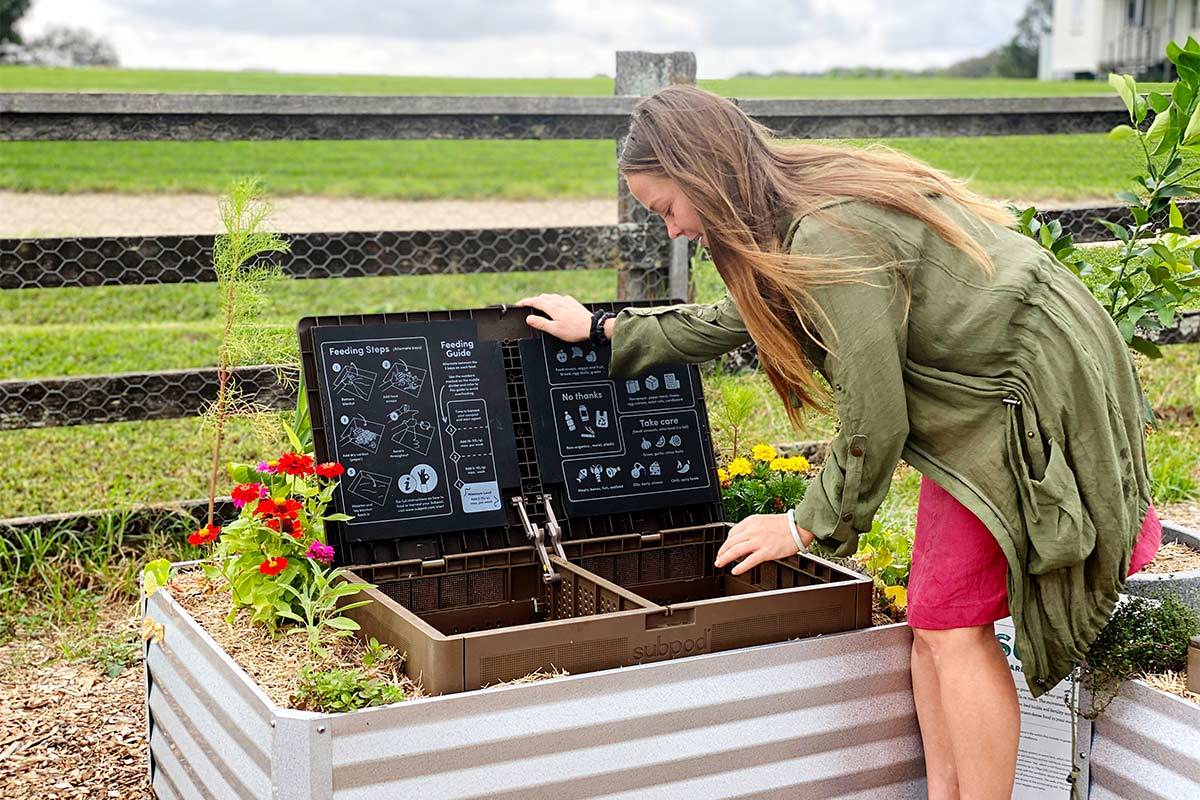
Sustainable Waste Solutions with Home Composting Systems
In a world increasingly focused on sustainability, home composting systems have emerged as a practical and eco-friendly solution for managing organic waste. These systems not only contribute to reducing landfill waste but also provide nutrient-rich compost for your garden. Let’s delve into the benefits and steps of implementing home composting.
Understanding Home Composting Systems
Home composting involves the decomposition of organic waste in a controlled environment to create compost. Compost is a nutrient-rich soil conditioner that enhances soil structure, improves water retention, and fosters healthy plant growth. Home composting systems come in various forms, from simple backyard bins to more sophisticated rotating drums. The key is to create the right conditions for organic matter to break down efficiently.
The Benefits of Home Composting
One of the primary benefits of home composting systems is the reduction of household waste sent to landfills. By diverting kitchen scraps and yard waste from the trash, you not only decrease your environmental impact but also lower the production of harmful greenhouse gases in landfills. Additionally, the compost produced serves as a natural fertilizer, promoting sustainable gardening practices.
Getting Started: Essential Components
Setting up a home composting system is easy and requires minimal equipment. Begin with a compost bin or designated area in your backyard. Key components include “browns” (carbon-rich materials like dried leaves or newspaper) and “greens” (nitrogen-rich materials such as kitchen scraps). Striking the right balance between these elements is crucial for successful composting.
What to Compost and What to Avoid
Composting is a versatile process that can handle a variety of organic materials. Suitable items for your home composting system include fruit and vegetable peels, coffee grounds, eggshells, yard waste, and more. However, it’s important to avoid composting meat, dairy, and oily foods, as these can attract pests and slow down the decomposition process.
Maintaining the Composting Balance
Successful composting requires regular maintenance. Turning the compost every few weeks helps aerate the mixture, speeding up decomposition. Monitoring moisture levels is also crucial – the compost should be as damp as a wrung-out sponge. By actively managing your compost, you ensure optimal conditions for the breakdown of organic matter into nutrient-rich compost.
Troubleshooting Common Composting Issues
Encountering challenges in your composting journey is normal. If your compost smells bad, it might be too wet or contain too much green material. A foul odor can be a sign of anaerobic conditions, indicating the need for more turning and aeration. Educate yourself on common issues to address them promptly and keep your composting system running smoothly.
Home Composting in Urban Spaces
Living in urban areas shouldn’t deter you from composting. There are compact composting systems and even indoor composting options suitable for apartment dwellers. Worm composting, or vermicomposting, involves using special composting worms to break down kitchen scraps efficiently. It’s a space-saving and odor-free solution for those without access to a backyard.
Harvesting and Using Your Compost
Once your compost has matured, usually in a few months to a year, it’s time to harvest and use it in your garden. The finished compost should have a dark, crumbly texture and a rich, earthy smell. Spread it over your garden beds to improve soil fertility, retain moisture, and enhance overall plant health.
To explore various home composting systems and find the perfect fit for your lifestyle, visit Home composting systems. Discover sustainable waste solutions and take a step towards a greener, more eco-friendly living. Happy composting!
